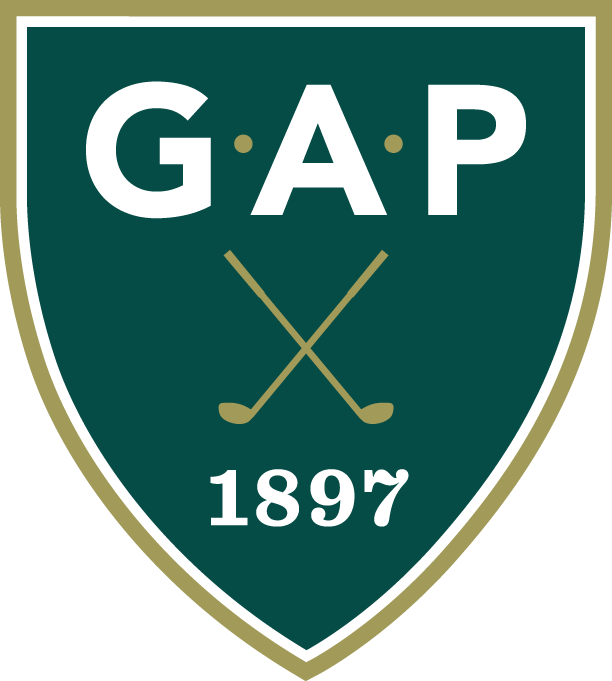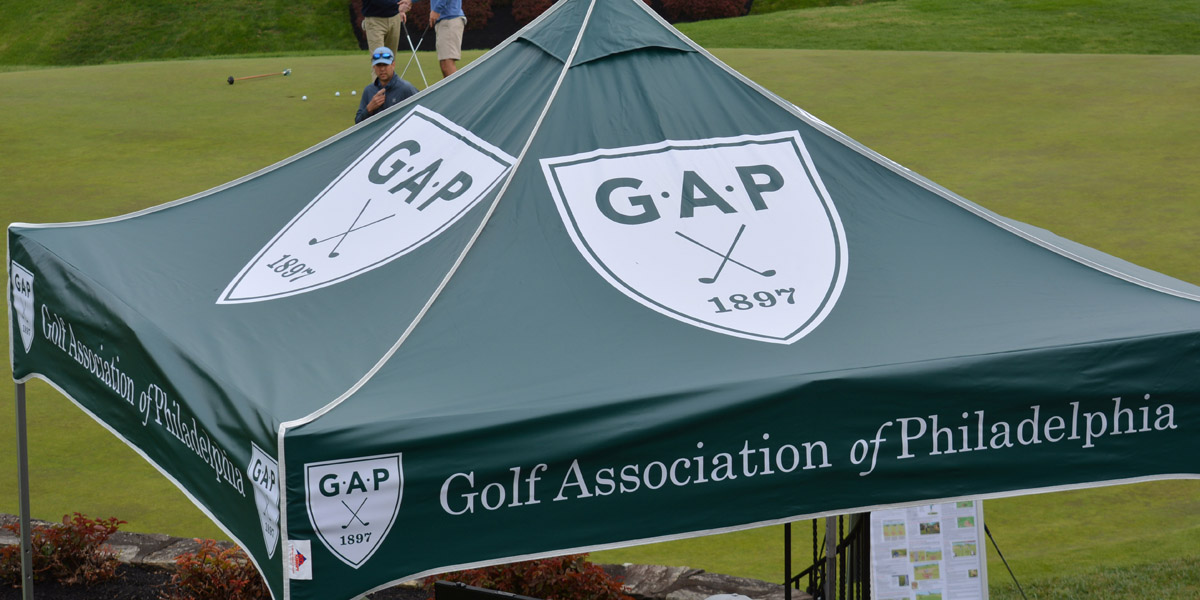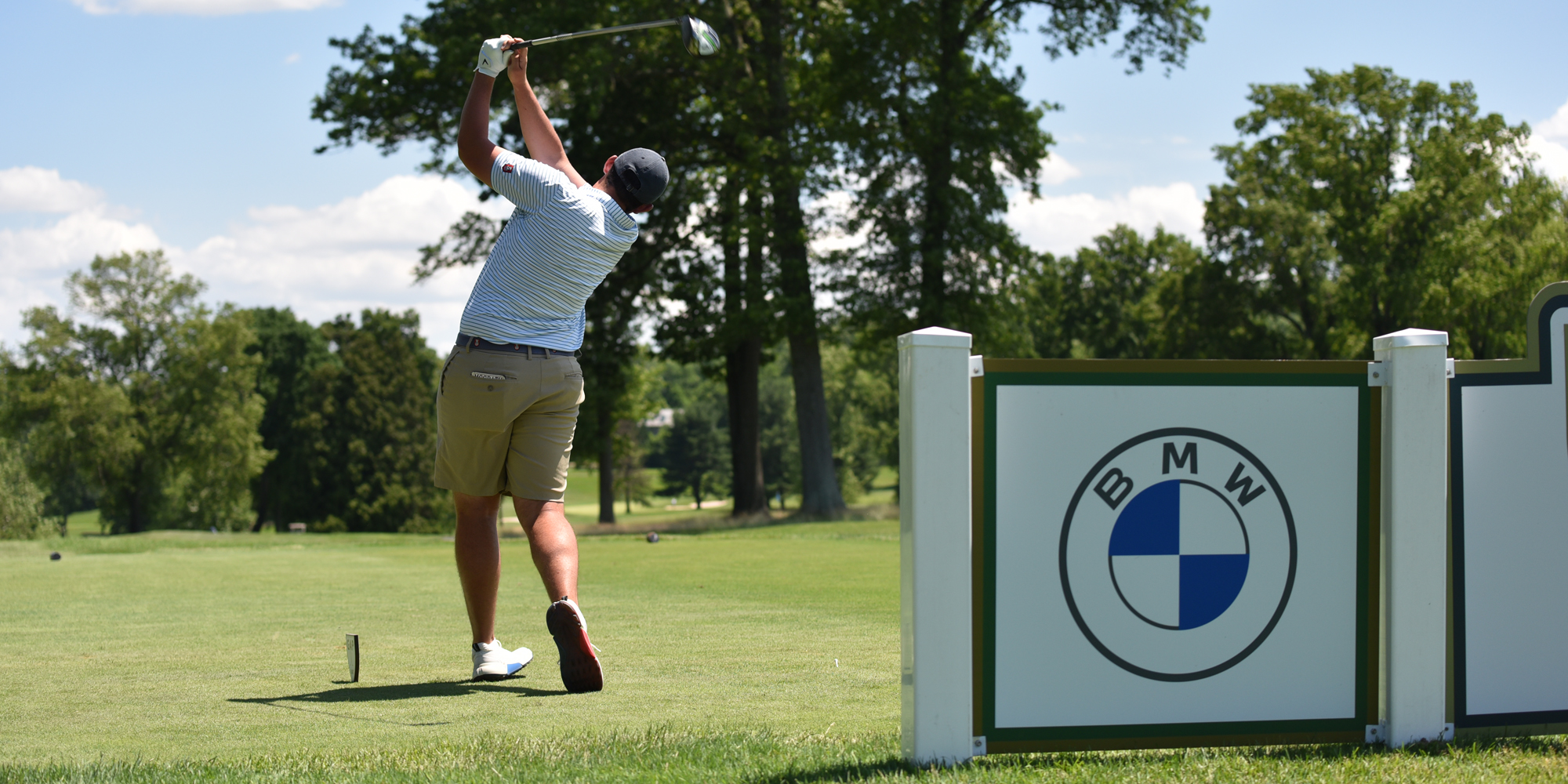Week One nets positive pace-of-play results in BMW GTMThe Golf Association of Philadelphia continues to emphasize pace of play and its importance at all levels of the game. The BMW GAP Team Matches is no exception. The Association is tracking pace-of-play data throughout the eventâs 115th playing; participants submit start and finish times for each match. Week One returned encouraging results across the board. For example, Wilmington Country Club, between its three teams, averaged four hours and 20 minutes â an exemplary number for a course that eclipses the 7,100 mark on the yardage scale. âWe put our third team ahead of our second team and our second team ahead of our first team because traditionally, our third team plays faster, at least in our case,â head professional Joe Guillebeau said. âMy first three or four groups were good pacesetters. The conditions were not easy. It was windy and chilly and all the things that would slow down play. Our numbers were pretty good.â Guillebeau also attributes Wilmingtonâs results to golf course length. He and his staff followed the Associationâs recommended BMW GAP Team Matches set-ups. Wilmingtonâs third team, which sits in Division E, played the golf course at 6,200 yards. âThose maximum yardages of 6,400 and 6,200 are far shorter than we would ordinarily set it up. I think it helped,â Guillebeau said. âJust the walking of our golf course becomes way easier at that length.â Burlington Country Club fielded only one squad in the BMW GAP Team Matches. All three of its matches, however, took less than four hours to complete in Week One. âI think itâs the course number one,â Michael Mack, Burlingtonâs head professional, said. âItâs flat with tees that are close to greens. Weâre just fortunate to have a course that keeps pace moving, and we preach it here. Our members are well-trained. Our members play quick. We are constantly on them. I didnât say anything specific to the Team Matches, other than to keep up with the group in front of you.â Burlingtonâs course favors effective pace of play. So does a basic principle thatâs easy to implement â sensible tee positions and hole locations, sensible order of play. âI set the course up as simple as I could, and we try to keep faster players first,â Mack said. Course set-up is one of many topics addressed in the Association's best practices for pace of play in the BMW GAP Team Matches. Waynesborough Country Club listed hole allowance on the bottom of its scorecards, as that document suggests. The club, which fielded three teams, enforced a four hour and 31 minute pace. Its longest match finished a minute less than the alloted time. "When the guys teed off, I told them we set the bar pretty low for you," Adam Brigham, Waynesborough's head professional, said. "We made them aware that if they were behind pace, they should expect to be put on the clock. We really didn't have to monitor pace that much. "I thought it was great. I was very surprised. Our members are use to the pace-of-play policy that we began last year. That helped." Pace of play, thanks to continuing efforts made by the Association and participating clubs, is trending upward â metaphorically speaking â as the BMW GAP Team Matches enter Week Two. âI donât know that Iâll get the same pace car out in front that Iâve gotten in the past, but still, playing at 6,200 yards gives them a chance to play fast, whereas if they were at 6,500, I bet it would add 15 or 20 minutes,â Guillebeau said.
Golf Association of Philadelphia |
About
Founded in 1897, GAP continues to champion golf for the benefit of the game in its region and beyond.
About HomeA Walk Through Time
GAP is the oldest state or regional golf association in the country. It started courtesy of a friendly competition the Team Matches and has grown into the preeminent golf association in the country. Along the way, golf history has been made.



